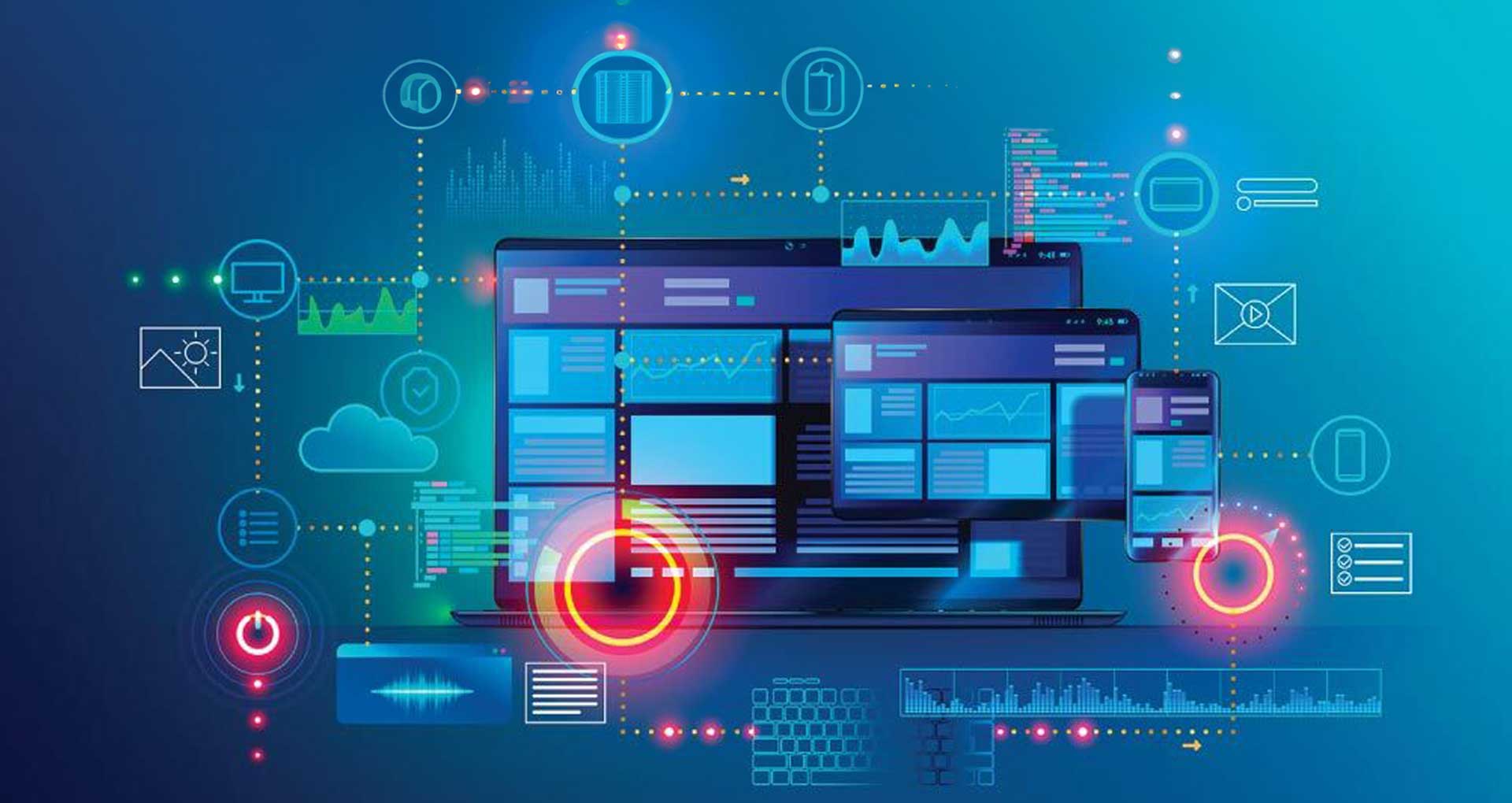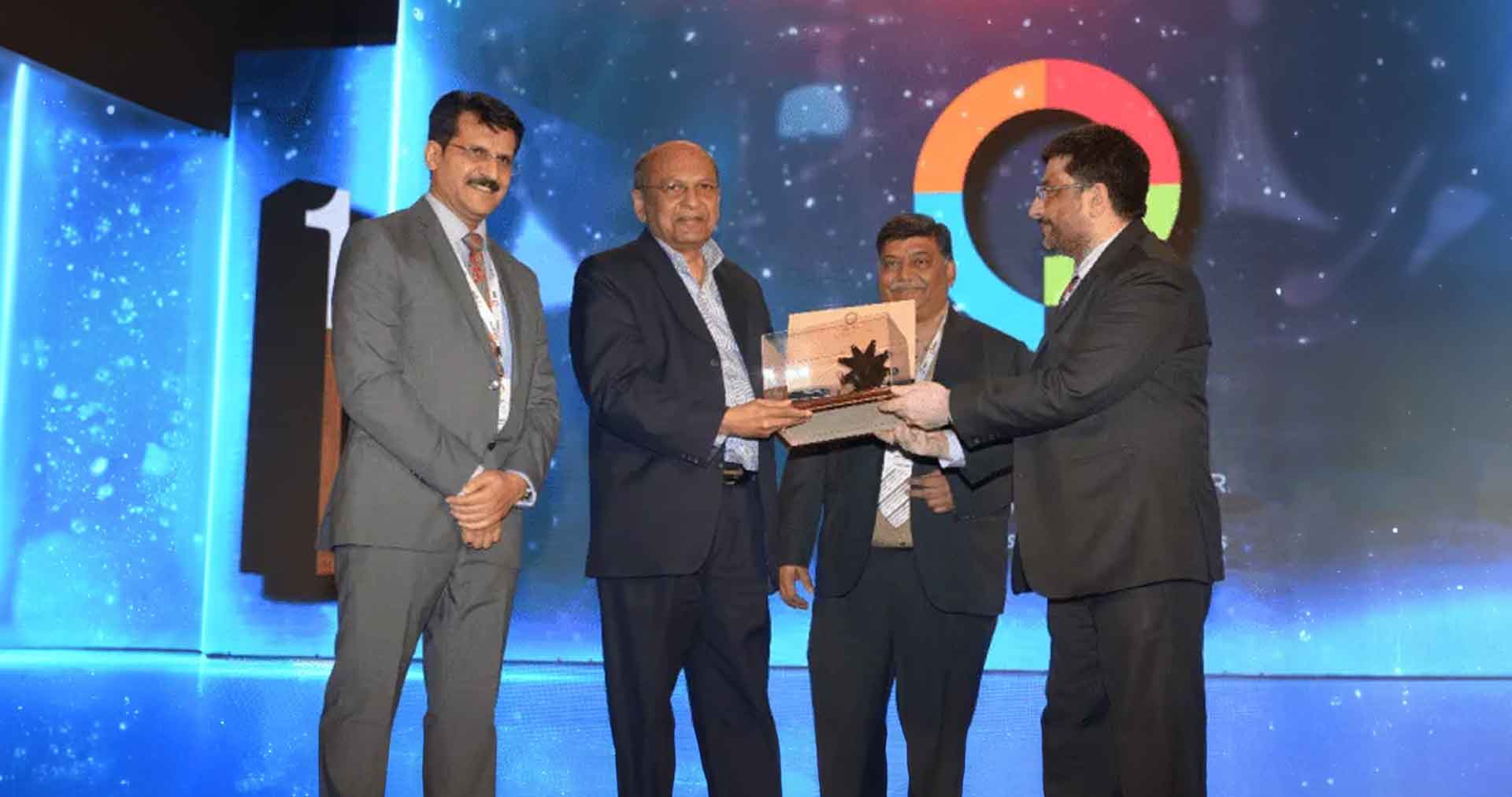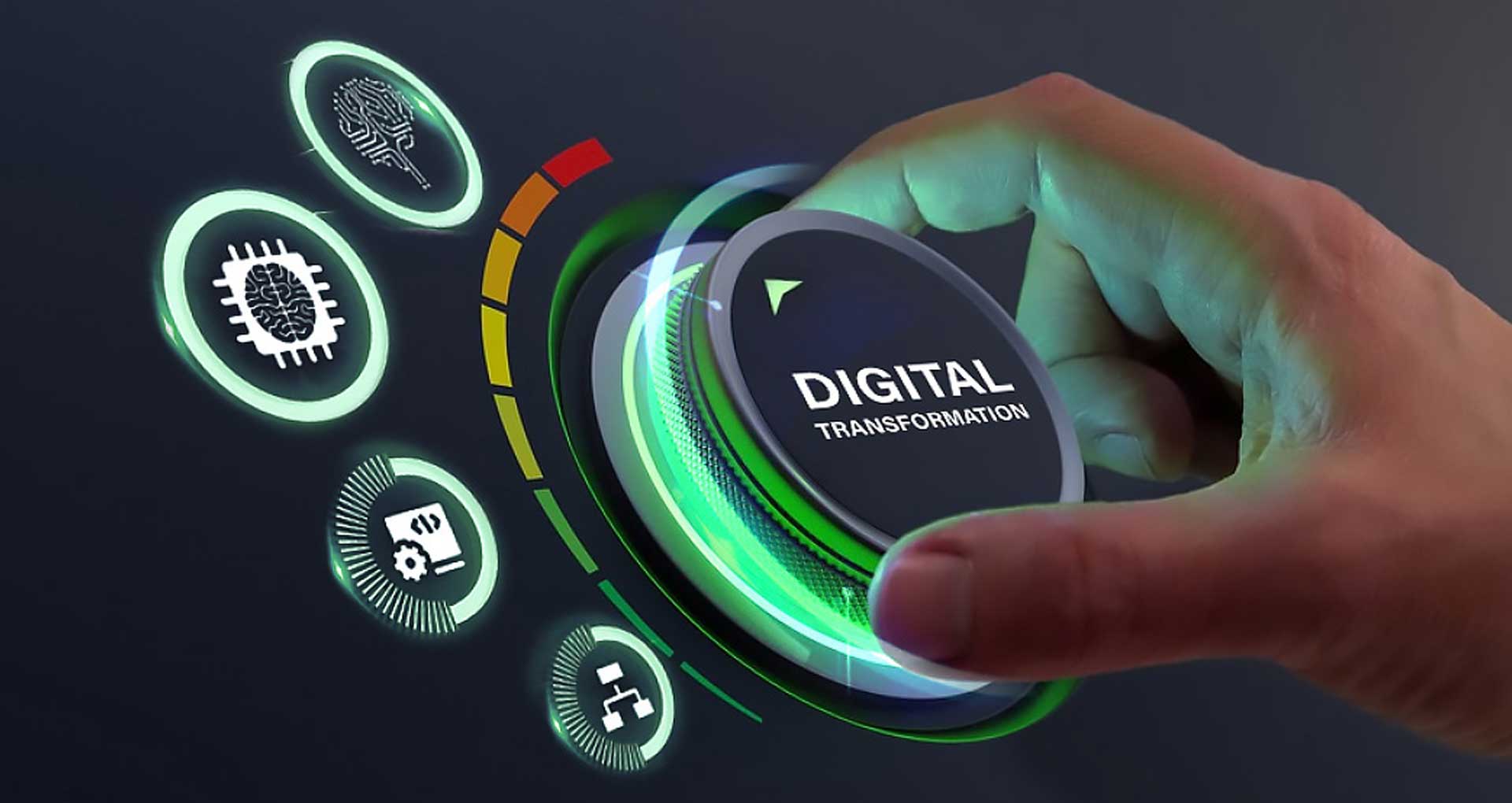Developing exceptional software applications requires a well-defined plan and a structured process. You can effectively convert your idea into an outstanding solution with a methodical approach, known as the Software Development Life Cycle (SDLC).
This process encompasses multiple phases, from planning, and coding to deployment. Each plays a crucial role in the creation of a successful end product.
In this article, we aim to offer you a thorough understanding of the various stages involved in SDLC, along with insights into methodologies. So, let’s dive deep into this and provide you with a thorough overview of full lifecycle product development.
Importance of Software Product Development Life Cycle
Stages of the SDLC are like a roadmap that guides developers through the entire development process. The process begins with an understanding of the needs and requirements, followed by the overall phases of SDLC life cycle. It is the backbone of successful software development from ensuring quality and cost efficiency to boosting customer satisfaction.
Here are some reasons that make the Software product development life cycle important for your organization.
Enhanced Quality
Software projects following a robust software product life cycle experience a significant reduction in defects compared to those without a structured approach. Since it minimizes uncertainty and potential pitfalls, there are fewer bugs, glitches and results in a more reliable end product.
Cost Efficiency
The cost of fixing errors in the later stages of development is significantly higher. SDLC helps identify and rectify issues early on and minimize wasted efforts. This reduces the overall project cost.
Time Savings
Projects with a well-defined software product development lifecycle process are more likely to meet the deadline. The systematic nature of the software product life cycle ensures that each phase is adequately addressed, streamlined minimizing delays, and ensuring faster time to market.
Customer Satisfaction
The constant testing and feedback loops at each stage of SDLC life cycle ensure alignment with the end user’s needs. The structured approach leads to higher-quality software that meets customer expectations while ensuring that the final product aligns closely with user expectations.
Adaptability to Changes
The software product development life cycle provides a framework that allows for easy adaptation to changes, ensuring the software remains relevant and competitive.
Software Development Life Cycle Phases
Numerous development companies adopt different iterations of the software product development lifecycle. However, the underlying methodology remains consistent across all these cycles. This common methodology is the reason why the software product development lifecycle is typically segmented into six distinct stages or steps. These stages are:
Phase 1: Project Planning and Analysis
This is the most crucial stage in the software development process. It involves communication between various stakeholders like customers, salespeople, industry experts, and engineers to evaluate the feasibility of the software.
The focus is on understanding the business needs, user expectations, and system requirements to ensure that the software product being developed aligns with the above needs. This phase ensures clear communication to avoid misunderstandings. This stage involves:
- Conducting a feasibility study to assess the viability of the project.
- Creating detailed specifications for the software.
- Preparing a Software Requirement Specification (SRS) document.
Phase 2: Design
In the design phase, developers create the blueprint for the software based on the information received from previous phase. This includes architectural design, database design, user interface design, and more. A well-thought-out design ensures that the final product will meet both functional and non-functional requirements. This phase involves the development team to:
- Create system architecture design for the software.
- Develop database design.
- Design the UI and UX interface for optimal user experience.
- Document the detailed technical requirements of the software project to ensure alignment with functional and non-functional requirements.
Phase 3: Implementation / Coding
This phase involves developing the software’s core functionalities, features and components with actual coding. Developers write code based on the specifications provided in the previous phase. It is essential to follow the standards and best practices to ensure maintainability and readability of the codebase. If this step is not followed properly, then the testing phase becomes more complex. This phase involves:
- Transform design into actual code that implements the designed functionalities.
- Establish clear standards, integrate tools and automation to adhere to coding standards and best practices such as version control.
- Ensure code is maintainable and readable.
Phase 4: Testing
After the code is developed, it is tested against the specifications to make sure that the software product solves the needs addressed and gathered during the initial phase.
During this phase, all types of functional testing like unit, integration, system, and acceptance testing, as well as non-functional testing are done. In this phase the team
- Conducts unit testing, ensuring individual components work as intended.
- Performs integration testing to validate the interaction between components.
- Executes system testing to verify the entire system’s functionality
Phase 5: Deployment
Once the functional and non-functional testing is done, the product is deployed in the customer environment or released into the market. This is typically done in a limited segment and pushed to the wider audience after positive feedback. The deployment phase is responsible for
- Release planning which includes the launch of the software to the production environment, including rollout strategies and communication plans.
- Ensure a smooth deployment or installation process to minimize downtime.
- Provide training, user manuals, and support for users to help them understand the software effectively.
Phase 6: Maintenance
The maintenance phase is critical for the long-term success and viability of a software product. Maintenance addresses bugs to maintain the software’s stability and functionality. Maintenance also involves implementing new features and security patches based on user feedback to meet the evolving changes in the customer environment.
The maintenance phase involves making modifications to the system or an individual component to alter attributes or improve performance. These changes are either necessary or optional. Embracing DevSecOps principles in the maintenance phase further allows your team to create a proactive environment where security, performance, and user experience are continuously optimized. To support this phase, our application development and maintenance services help enterprises continuously evolve their products with stability, performance, and long-term efficiency in mind. In this phase, the team
- Addresses and fixes issues identified post-deployment.
- Release updates to enhance features or address emerging requirements.
- Applies security patches and updates to address security vulnerabilities and ensure user data security.
Remember, the software product development life cycle process is not a strict set of rules, but rather a guideline. It can be adapted based on the specific needs of a particular project or organization. It aims to provide a structured and standardized process for all phases of any system development effort.
Different Types Of Software Product Development Models
Let’s explore the various methodologies employed in the software industry to optimize product development. It provides an in-depth understanding of each model’s unique approach, benefits, and potential challenges.
Waterfall Model
The model represents a linear approach to software development, moving forward with well-defined stages. The process is initiated with requirements gathering and analysis to design and deployment. Each phase demands thorough completion before the project proceeds to the next stage.
Pros:
- Ease of Understanding: This approach is straightforward and easy to understand.
- Clear Milestones: Defined phases provide clear milestones and deliverables.
- Well-defined requirements: It is suitable for projects with clearly defined requirements.
Cons:
- Inflexibility: Difficult to adapt to changes during the development process.
- Upfront Planning: Demands extensive upfront planning.
- Risk: It can pose risks if requirements are not thoroughly defined.
Agile Model
This approach integrates the Agile Software Development Lifecycle, offering a flexible and iterative strategy for software development. Under this model, the delivery of software is broken down into a series of short sprints, typically lasting 1-4 weeks. The continuous delivery model, faster feedback loops, open communication, and teamwork ensure that the final product meets the user’s needs.
In the end, a working piece of software is delivered, providing stakeholders with the opportunity to give feedback early and frequently.
Pros:
- Flexibility: Adaptable to changes during development.
- Risk Reduction: Minimizes risk by delivering working software early and consistently.
- Communication Improvement: It helps in enhancing open communication and collaboration among teams.
Cons:
- Planning Challenges: It is difficult to plan and manage this model due to its dynamic nature.
- Team Communication: This approach requires a high level of team communication and collaboration.
- Project Suitability: It is not suitable for projects within highly regulated environments or large complex projects since they don’t mesh well with Agile’s rapid iterative approach.
Spiral Model
As the name suggests, it is a risk-driven software development approach that integrates elements of both models. It emphasizes risk analysis and allows for multiple rounds of refinement.
Pros:
- Proactive Planning: This approach helps in detecting and handling potential risks at the onset of the project.
- Hybrid Design: It seamlessly integrates elements from the previously mentioned models, offering a comprehensive solution.
- Complex Mode: This model is particularly suitable for large, complex, and high-risk projects.
Cons:
- Complex Management: This model can be complex to understand and use.
- Expertise Requirement: It demands a high level of expertise.
- Project Suitability: It is costly and time-consuming due to the emphasis on risk analysis and not universally suitable for all projects.
Why Choose Rishabh Software as Your Preferred Software Product Development Company?
We provide a comprehensive suite of software product development services, encompassing all aspects from tech needs assessment and blueprinting to execution and roll-out, guaranteeing expert handling of your software product from inception to launch.
With years of delivering exceptional products and services to global clients, our team possesses proficiency in cutting-edge technologies like AI/ML, Big Data, and IoT, to ensure that your product is future-ready and designed to tackle the challenges of the rapidly advancing tech environment.
Whether you are a startup with a revolutionary idea or a large enterprise seeking to enhance your software, we deliver scalable, market-ready solutions tailored to your unique requirements.
Our commitment to excellence and expertise across SDLC makes us the ideal choice for organizations to bring their software products to life.
Frequently Asked Questions
Q: What is the software product development life cycle?
A: SDLC is a systematic process that guides the creation of software, encompassing stages such as planning, design, development, testing, deployment, and maintenance.
Q: How to integrate DevSecOps in SDLC?
A: DevSecOps integration involves integrating security practices throughout the development pipeline, encompassing security measures in coding, automating security testing, and promoting collaboration among development, security, and operations teams.
Q: How to choose the right software product development model?
A: Selecting the right model depends on various factors, let us look at each step in detail to understand better.
1) Project Requirements: Evaluate project size, complexity, and goals for a suitable model.
2) Team Expertise: Match the chosen model with the team’s skills and experience.
3) Client Involvement: Determine the level of client collaboration required.
4) Flexibility and Iterations: Choose a model based on adaptability and need for iterative development.
5)Time and Budget: Consider constraints to select an appropriate model.
6) Risk Tolerance: Assess and choose a model that aligns with risk management needs.
7) Complexity: Tailor the development model to handle the project’s complexity effectively.
Q: How does SDLC work?
A: It is a roadmap for building software products that involves planning, designing, coding, testing, deployment, and maintenance of software. Security is pivotal at every stage, ensuring proactive addressal of vulnerabilities through regular testing in each phase for creating resilient and secure software products.











 30 Min
30 Min


